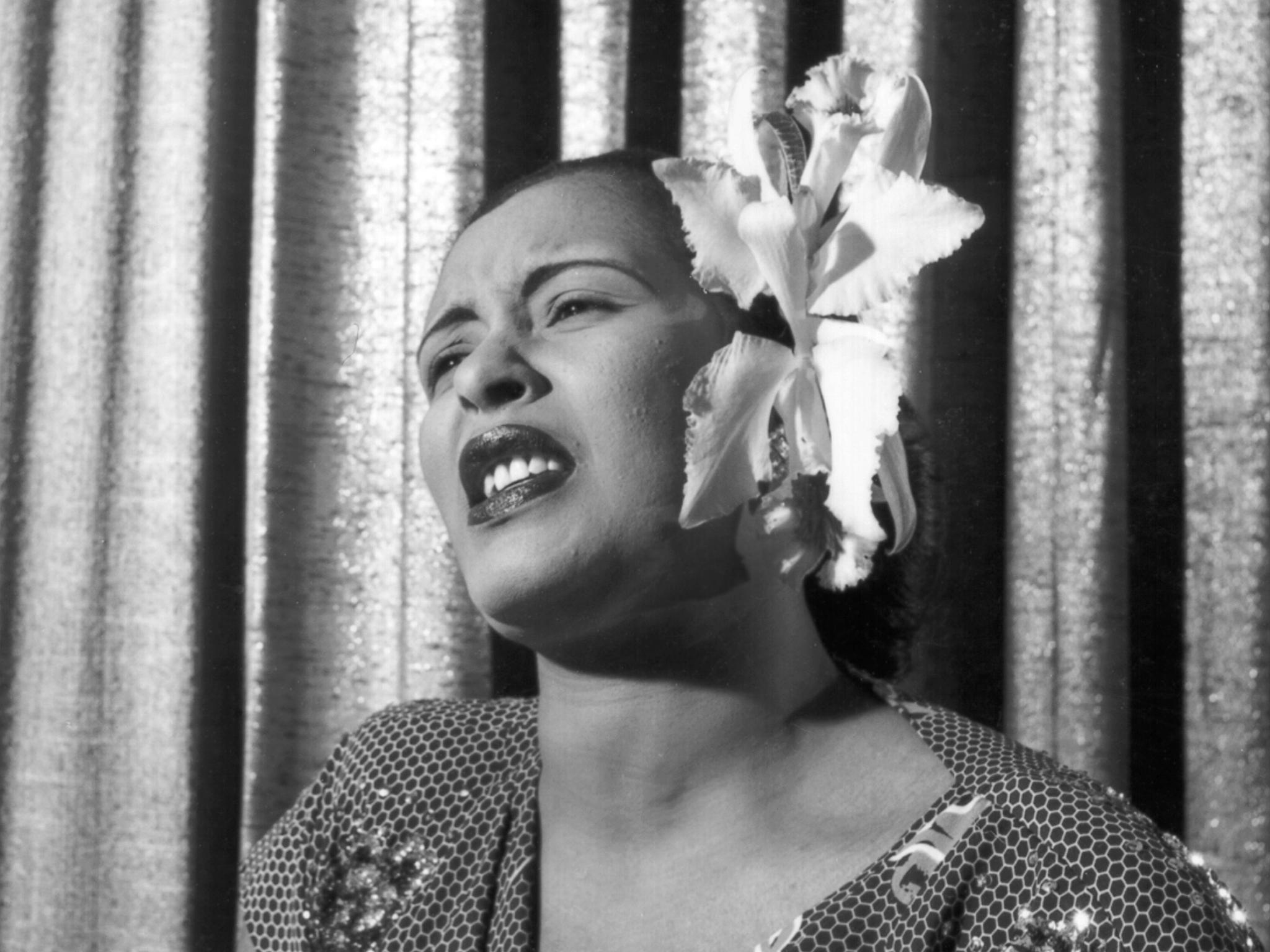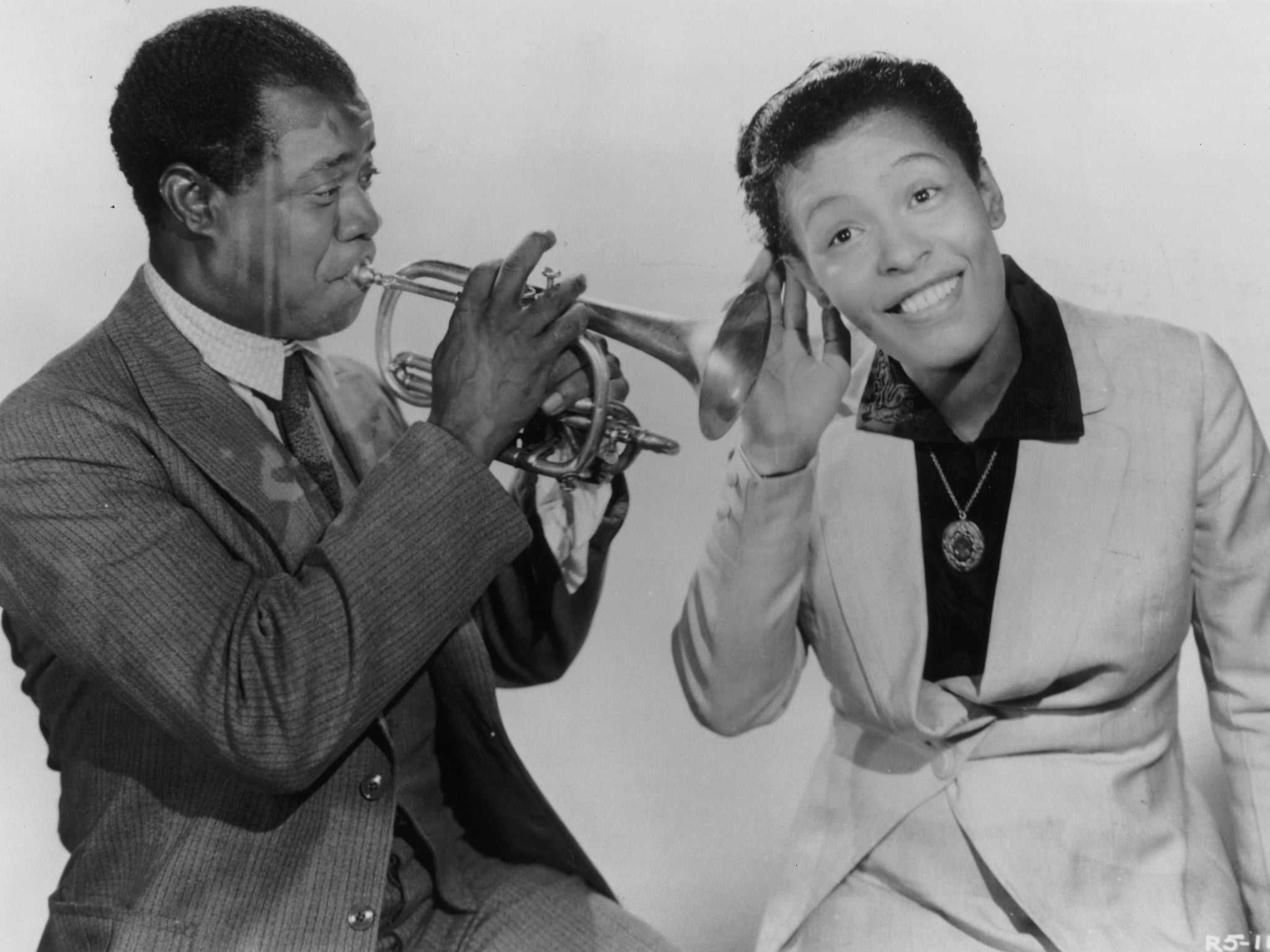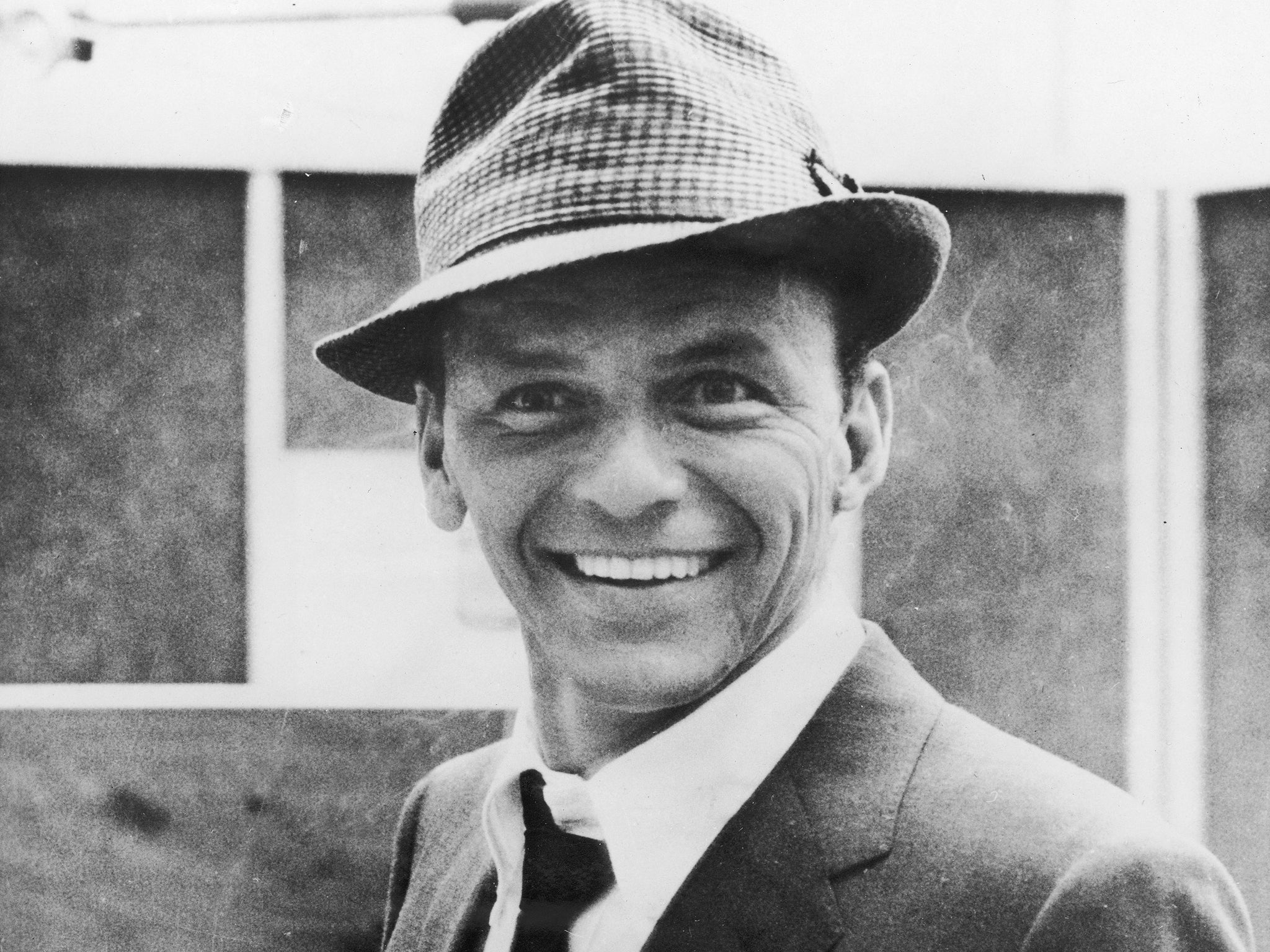Billie Holiday centenary: The singer changed the face of music but her final recordings are painful to hear
Hers was a tragic, heroic life which has come to be viewed as a terrible waste of a sublime gift

Your support helps us to tell the story
From reproductive rights to climate change to Big Tech, The Independent is on the ground when the story is developing. Whether it's investigating the financials of Elon Musk's pro-Trump PAC or producing our latest documentary, 'The A Word', which shines a light on the American women fighting for reproductive rights, we know how important it is to parse out the facts from the messaging.
At such a critical moment in US history, we need reporters on the ground. Your donation allows us to keep sending journalists to speak to both sides of the story.
The Independent is trusted by Americans across the entire political spectrum. And unlike many other quality news outlets, we choose not to lock Americans out of our reporting and analysis with paywalls. We believe quality journalism should be available to everyone, paid for by those who can afford it.
Your support makes all the difference.In December, the media will be awash with Frank Sinatra, through countless programmes celebrating the singer’s centenary. The commercial cogs have already begun turning, with the release this week of Ultimate Sinatra, a four-CD career retrospective.
It will make for an interesting contrast with the meagre coverage accorded Billie Holiday, likewise born in 1915, and, by Sinatra’s own admission, the single greatest influence on him.
“Lady Day is unquestionably the most important influence on American popular singing in the last 20 years,” he told Ebony magazine in 1958, a year before Holiday’s lonely death in a New York hospital on 17 July 1959, aged just 44. By then, she had spent several months with a police guard in her hospital room, after being arrested there on drugs charges, handcuffed in her bed despite her obvious inability to abscond – the final outrage of a tragic, heroic life which has come to be viewed both as a terrible waste of a sublime gift, and as the exercise of black pride three decades before the notion gained popular traction.
For the latter part of her life, Billie Holiday existed almost as a myth. It was in large part her own doing. Her 1956 autobiography Lady Sings the Blues was a fanciful interpretation of events, ghost-written for maximum tabloid impact, right from its sensational opening gambit: “Mom and Pop were just a couple of kids when they got married. He was 18, she was 16, and I was three.”

In reality, her mother Sarah “Sadie” Fagan was 19 when Billie was born Eleanora Fagan on 7 April 1915; her father Clarence Holiday was actually younger than Sadie. Lady Sings the Blues was an early example of what Joyce Carol Oates dubbed a “pathography”, a pseudo-biographical litany of illness and failure.
Eleanora was thrust into a scuffling existence which in her teens included working alongside her mother as a prostitute. But she was from a young age attracted to music, and, re-christening herself “Billie”, soon started singing in nightclubs.
Though initially drawn to the big sound of Bessie Smith, Billie’s approach to singing was transformed when she heard Louis Armstrong’s recording of “West End Blues”, which featured Satchmo’s languid scat-singing: she realised that emotion could be conveyed with the subtlest of inflections rather than sheer persuasive power.
With a narrow range and weak projection, her delivery wasn’t to everyone’s taste; but her revolutionary approach had an insidious charm that began to win her a devoted following, not least amongst musicians, who loved her, partly because, although she could be demanding, she was one of them: she used her voice as an instrument.

Following early recordings with bandleaders such as Benny Goodman and Teddy Wilson, she was signed to the Vocalion label as an artist in her own right. Though record sales were small by today’s standards, her releases proved influential.
Enjoy unlimited access to 100 million ad-free songs and podcasts with Amazon Music
Sign up now for a 4 month free trial (3 months for non-Prime members)
Enjoy unlimited access to 100 million ad-free songs and podcasts with Amazon Music
Sign up now for a 4 month free trial (3 months for non-Prime members)
Her 1936 recording of “Summertime” transformed the way the song – from Gershwin’s Porgy and Bess, a recent Broadway flop – was sung, applying a sultry, oozing manner to what had been an operatic lament. Indeed, it’s arguable that Holiday’s interpretation was one of the reasons the opera subsequently gained a more approving reputation.
And on early recordings of “Let’s Call the Whole Thing Off” and “I’ve Got My Love to Keep Me Warm”, her voice falls away at the ends of lines that’s utterly beguiling, hinting at a deeper vulnerability behind the songs’ apparent cheer.
Holiday would find her closest musical companion, however, in saxophonist Lester Young, with whom she swapped verses like a fellow horn-player on songs like “This Year’s Kisses” and “I Must Have That Man”, her languid desolation matched, pang for pang, by his salving tone. They were never lovers, but soulmates – she nicknamed him “Prez”, short for President of the Saxophone; he responded in kind by making her the First Lady, ‘Lady Day’.
In any case, Billie had a romantic penchant for tough guys, and Young was anything but. She was in fact notoriously attracted to the wrong kind of men, who tended to use and abuse her, leaching her earnings to leave her virtually penniless by her death.
In 1947, she was persuaded to take the fall on a heroin charge for trumpeter Joe Guy, which got her a year in jail but, more damagingly, lost her the cabaret card required to work in New York nightclubs which sold alcohol. Her next beau, John Levy, was a violent pimp, while Louis McKay was a hustler whom she married (at his request) to escape testifying against him when he was facing drug charges. Outliving her, he took control of her estate, ensuring he was sympathetically portrayed in the bio-travesty Lady Sings the Blues.
The irony was that, despite her weakness for private exploitation, she was righteously resistant to racial slights. She left Artie Shaw’s band, at the time the hottest gig around, because his sponsors, Old Gold cigarettes, would not allow her to broadcast with the (white) band, and because New York’s Lincoln Hotel required her to use the freight elevator.
Likewise, she quit a club residency when the owner ordered her not to fraternise with the white customers. Attitudes began to change in the club scene when, in December 1938, she opened at Barney Josephson’s seminal multiracial satirical cabaret club Cafe Society. It was Josephson who introduced Holiday to the song “Strange Fruit”, the haunting depiction of a lynching that would become one of her signature tunes. Even there, among progressive, bohemian liberals, she was initially scared to perform the song, recalling: “There wasn’t even a patter of applause when I finished. Then a lone person began to clap nervously. Then suddenly everybody was clapping.” Thereafter, it became a nightly ritual.

Jazz critic Ralph Gleason saw the song as a metaphor for Holiday’s life, suggesting that “she was a sort of living lyric to the song ‘Strange Fruit’, hanging not on a poplar tree, but on the limbs of life itself”.
Her label, Columbia, found the subject matter too controversial, so Milt Gabler released it on his Commodore label, for which it became a hit. Gabler would later sign Holiday to Decca. But as she acquired a more mainstream audience, heroin addiction was gnawing away at both her talent and self-esteem.
Her fans remained faithful – after her release from prison in 1948, she was able to play a sold-out concert at Carnegie Hall – and she still commanded sizeable performance fees, but most of her income went to feeding her habit. Holiday’s decline continued through the 1950s, vertiginously so in her last years.
There’s something almost unbearably voyeuristic about listening to her final, wracked recordings. Some, however, hear a kind of heroism. Indeed, there are parallels with another singer born in 1915, Edith Piaf, repository of a similar troubled combination of artistry, attitude and appetites. But it’s tempting to reflect on how the myth of dissipated genius Billie Holiday embodied – that peculiarly masochistic mix of towering talent ravaged by private demons – affected later generations of performers, such as Chet Baker and Amy Winehouse.
At her best, however, on those early performances so effortlessly blending vitality and vulnerability, there’s a captivating sense of darkness illuminated by glimmering light, of tragedy transcended with an ease and immediacy that seems almost artless.
‘Lady Day’ and ‘The Centennial Collection’ are both available now on Sony Music
Join our commenting forum
Join thought-provoking conversations, follow other Independent readers and see their replies
Comments